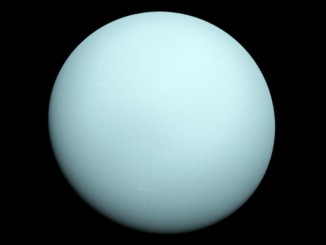
The scientists used the Goldstone Solar System Radar in California’s Mojave Desert to track the comet. “We were able to obtain very detailed radar images of the comet nucleus over three nights around the time of closest approach,” said Shantanu Naidu, a postdoctoral researcher at NASA’s Jet Propulsion Laboratory in Pasadena, California, who works with the radar team and led the observations during the comet’s flyby. “We can see surface features as small as 8 metres per pixel.
“The radar images show that the comet has an irregular shape: looks like a brick on one side and a pear on the other,” Naidu said. “We can see quite a few signatures related to topographic features such as large flat regions, small concavities and ridges on the surface of the nucleus.”
According to the new radar observations, comet P/2016 BA14 appears to spin around its axis once every 35 to 40 hours.
Vishnu Reddy, of the Planetary Science Institute, Tucson, Arizona, also observed comet P/2016 BA14 using the NASA Infrared Telescope Facility (IRTF) on Mauna Kea, Hawaii. Data collected (infrared spectra) indicate that the comet reflects less than three percent of the sunlight that falls on its surface. Comet nuclei are as dark as fresh asphalt. However, infrared spectra can often yield clues to the makeup of these primitive denizens of the solar system.



